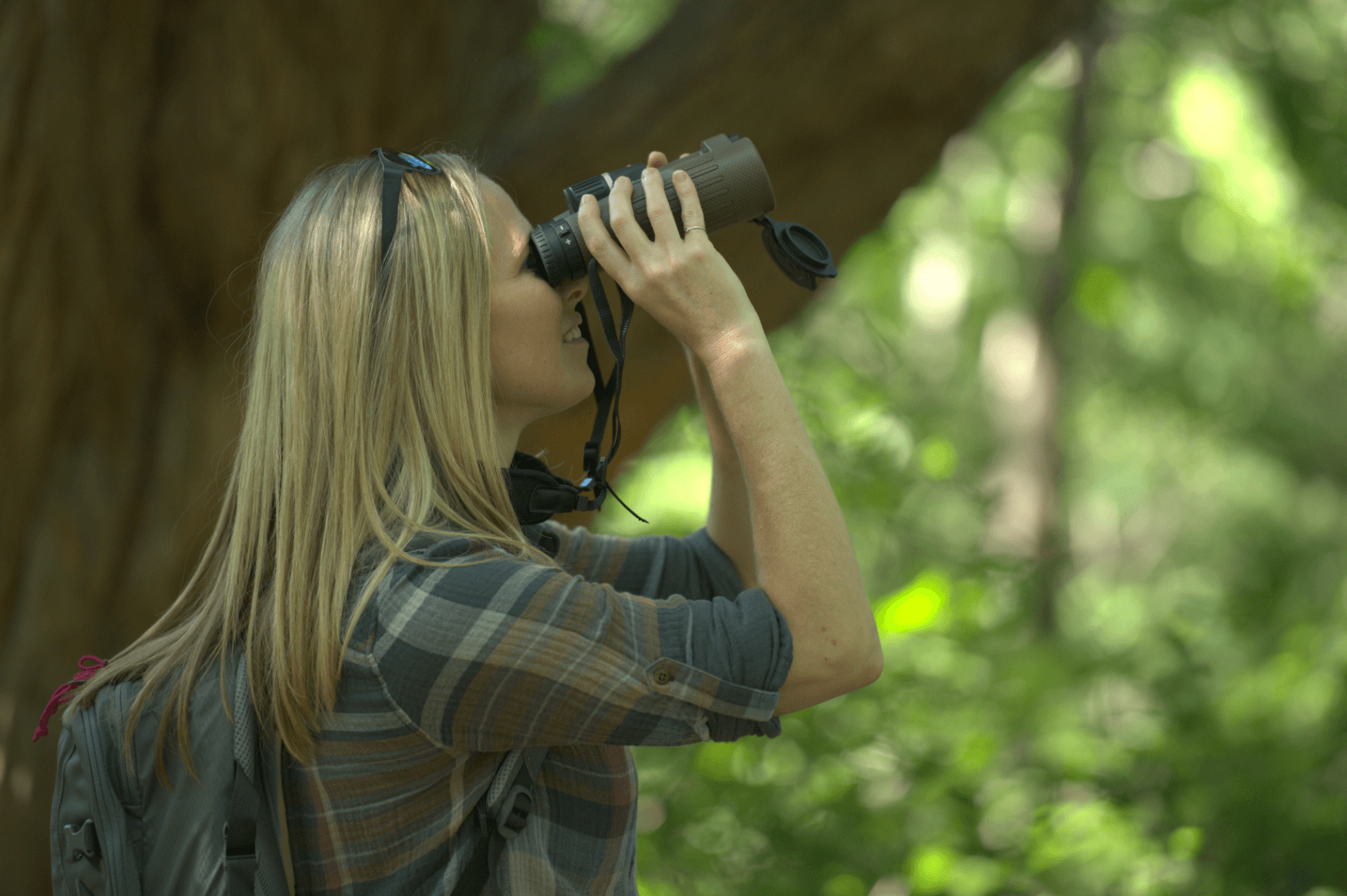While being quarantined due to COVID-19 has no doubt brought many to seek new hobbies, one of the most rewarding for our house has been birdwatching. It’s a simple hobby with minimal monetary investment that absolutely anyone can enjoy! Whether your abode happens to be rural or urban, birds can be found in any habitat. Birding is a dynamic activity, in that every day brings a new species or behavior to observe. It’s always fun to anticipate the arrival of seasonal visitors, especially the tiny but vibrant hummingbird. Luckily for you, new birdwatcher, quarantine comes at the perfect time—spring! There is no better time to begin watching our avian friends, as they are abundant and easily visible in newly budding trees.
Bird identification is often challenging, but can quickly become a fun way to entertain yourself. Attracting a wide variety of backyard birds is a source of pride for many. Read on for a few tips to start enjoying the birds near you!
Attracting diversity by creating habitat
As mentioned above, birds can be found nearly everywhere. However, supplementing their biological requirements can be an easy way to ensure birds are visiting your yard. Most basically, birds need food, water and nesting sites.
Ideally, the best way to attract birds to your yard is by landscaping with native flowers and trees. Visiting a local nursery can be a great way to find out what native plants attract birds. Or, if you prefer to do the research on your own, the Audubon Society has a wonderful resource that returns suggestions for bird attracting plants based on your location.
Birdseed comes in many pre-mixed varieties, and is sometimes species-specific based on what seeds it contains. Birds have adapted to a myriad of diets through beak shape. Finches have short, small beaks perfect for cracking into tiny thistle seeds. Cardinals have specialized strong beaks that facilitate the consumption of sunflower seeds. Orioles prefer jellies and the fruit of oranges. Hummingbirds have long, slender beaks for feeding on flower nectar, easily re-created by mixing a 1:4 sugar water ratio. Hanging several different kinds of feeders with several types of food will guarantee great species diversity!
Bird baths are an inexpensive way to attract birds. Birds need a clean source of water to drink from and to bathe in. Offering a bird bath can be a good way to entice non-seed eating species to visit your yard.
Especially in late winter and early spring, birds are concerned with one thing: mating. This means they need a place to build a nest, lay eggs and rear their young. Putting out bird houses can increase your backyard bird population by providing a safe place to build. Birds will build a nest out of anything they can find: animal hair, sticks, moss, grass, spiderwebs and sadly, even litter.
Identifying birds
- Color.
Often, the first thing we notice about a bird as it flits between trees is its color. “There’s a red robin,” we exclaim. In fact, the common names for many birds incorporate the color of their plumage. Here in Missouri, the state bird is the Eastern Bluebird, identified by its stunning blue feathers. Color can help you to narrow down what species you’ve seen, but is often variable among species, so it should never be the sole identification factor.
- Size.
Using common birds for body size reference is another helpful identification factor. Is your bird crow sized? Maybe closer to a sparrow? Or is it somewhere near the size of a robin? For instance, describing a bird just as black in color could lead to identification of a grackle, cowbird or raven. The definitive ID can be made from discerning body size.
- Behavior.
Was the bird sitting on a fence? Soaring high in the sky? Skipping up the trunk of a tree? These behaviors are all species specific. Pay attention to what the bird was doing when you saw it.
- Call.
Often, birds are heard before they are seen. Simply listening to their calls is a fantastic way to differentiate between species.
- Beak shape.
As discussed earlier, birds have very specialized beaks depending on their diets. Say you see a small brown and white bird the size of a sparrow sitting in a tree branch. Without looking at the beak, you could have any species of sparrow, a finch or even a wren! Observing the beak shape can further limit your options for ID.

Helpful apps and equipment
Cornell University developed Merlin Bird ID, a free app for iPhone or Android. It returns likely species basedon your location, color, size and behavior. It’s extremely user friendly, and has other great features likerange maps, photos of different sexes and life stages, call and song recordings.
eBIRD is another Cornell creation. As you can see, birdwatching can quickly become a mild obsession!Many people keep checklists over their lifetime of birds they have seen, called “Life Lists”. eBird is good for keeping checklists based on location. You can also use it to find birding hotspots when you’re traveling.
Nothing beats a good old-fashioned guide book. Sibley and Petersen’s guide books are both great options, complete with range maps and illustrations. Guides are available for continents, states or regions, so wherever you go, identification is possible!
On your birdwatching journey, you will likely reach the point that you will need some vision enhancement. A good pair of binoculars is a must! For most backyard watchers, binos with 8x magnification will suffice. For viewing further distances, consider upgrading to 10x magnification. Long range viewing might require a spotting scope. Check out Bushnell for several fantastic options at a lower price point.
Happy birding!
